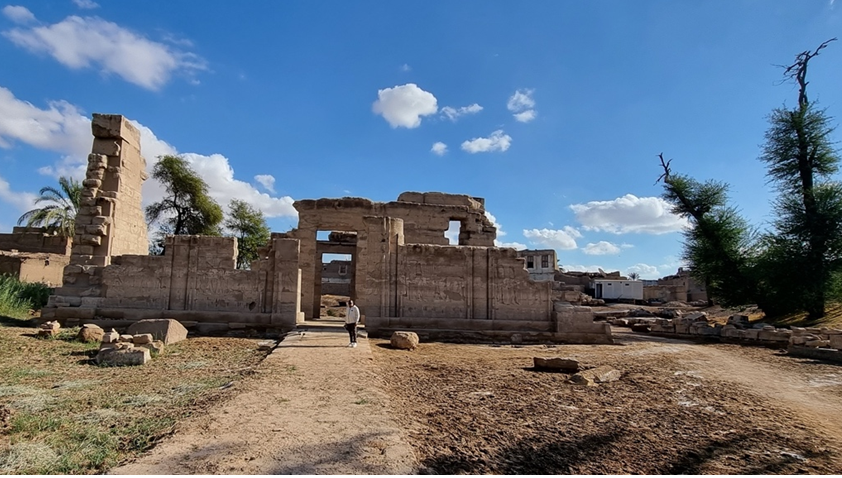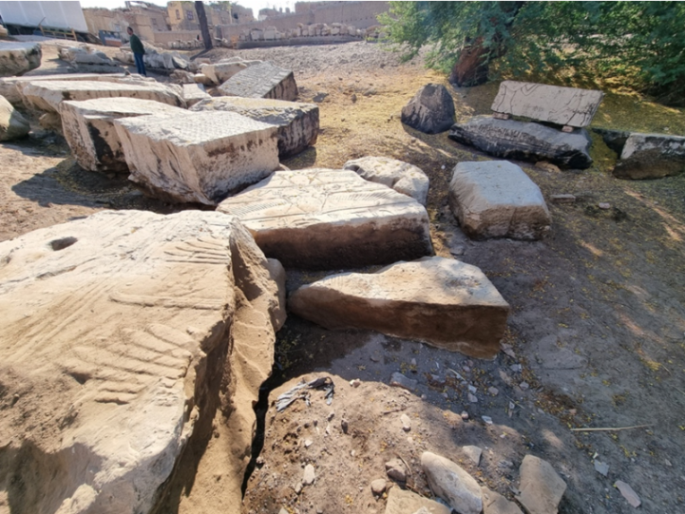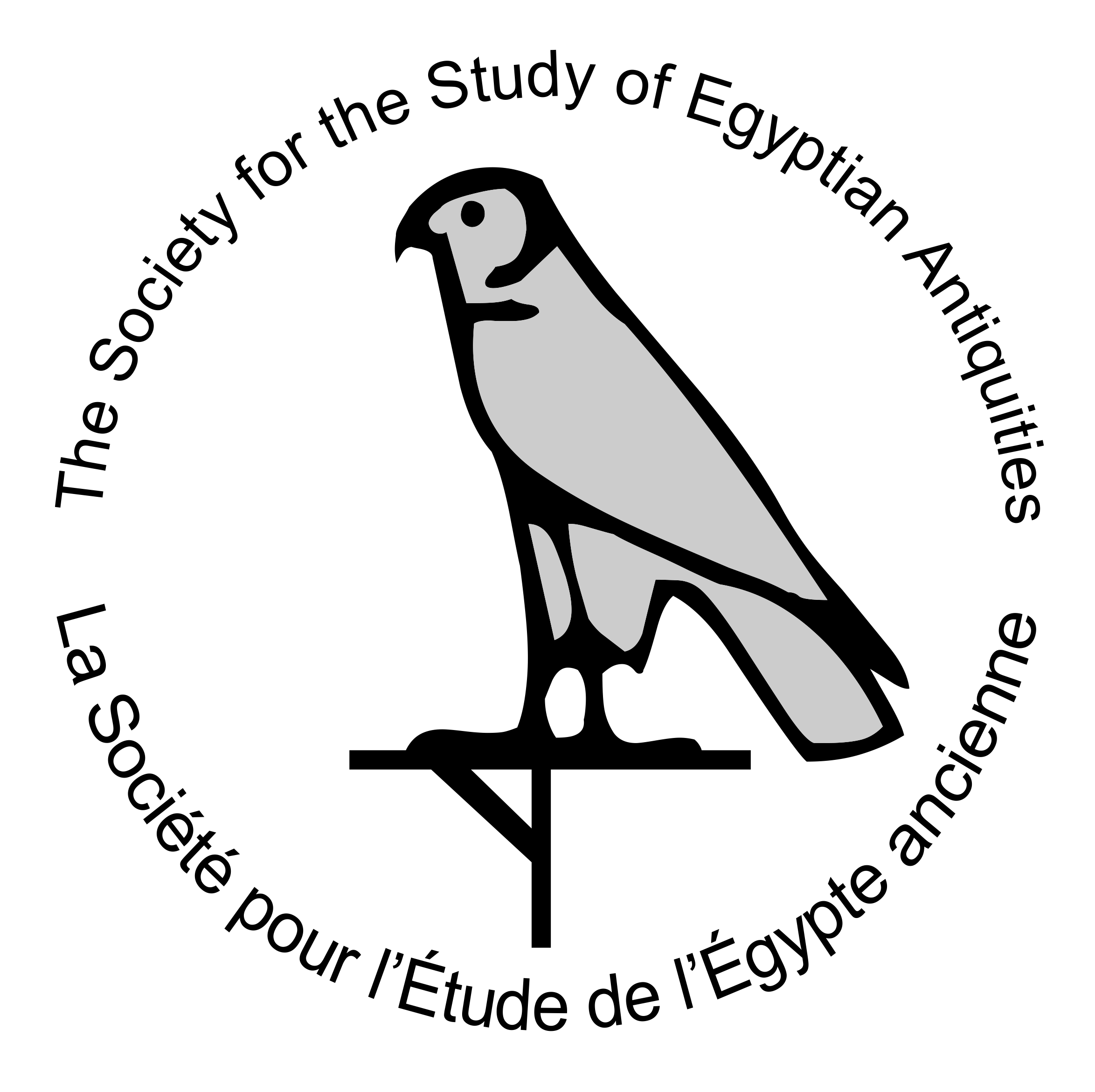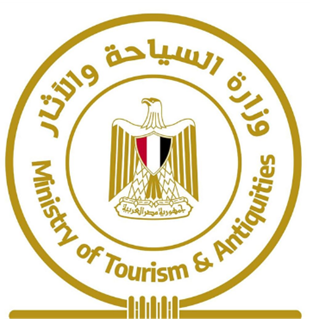The Tod Temple Project
The Temple of El-Tod (or Tod) is located in the village of El-Tod, on the east bank of the Nile, 20km south of Luxor. Among other ancient Egyptian cultic representations at this site, it was one of only four major cult centers devoted to the falcon-headed war god, Montu. The earliest evidence of construction at this site dates to at least the 5th Dynasty (Old Kingdom), though the site rose in importance during Middle Kingdom and it remained a site of religious significance with several building programs contributing to the temple complex until the Roman Period. It was later occupied during the Byzantine and Islamic Periods with evidence of two churches and a mosque having been erected at the site. The Temple of El-Tod is also famed for the discovery of the Tod Treasure; a foundation deposit of four chests containing objects (many made of silver, gold or lapis lazuli) imported from around the ancient world. This treasure arguably represents some of the earliest evidence of trade between Egypt and the Aegean and it is currently displayed in the Louvre and the Egyptian Museum in Cairo.

Remains of the Ptolemaic pronaos at El-Tod and the loose sandstone blocks resting on the ground to the right side.
Despite the importance of this site, it is in need of restoration to ensure its future. Beautifully decorated sandstone temple blocks remain on the ground, vulnerable to groundwater, salts, and plant growth. They are becoming covered in harmful salt deposits and the structure of the sandstone is weakening, causing some blocks to fracture and erode. Egyptian workers have recently freed some of the stones from the surrounding sands but some remain partially covered and those that have been uncovered urgently require desalination before the salts become too hardened to remove. The site’s enclosure wall has also been damaged by groundwater and requires reparation to ensure the security and safety of this fascinating archaeological site.

Some of the loose decorated temple blocks in need of conservation and movement from the ground. Note the discolouration and erosion from contact with groundwater and salts, as well as the blocks in the upper right corner that are still partially covered in sand
Due to the urgent need for intervention, the Egyptian Ministry of Tourism and Antiquities named the Temple of El-Tod in their Updated List of Priorities for Archaeological Work 2022-2023. In response, the Tod Temple Project was established under the auspices of the SSEA, and the University of Western Ontario, and in cooperation with the Egyptian Ministry of Tourism and Antiquities. This project aims to repair the enclosure walls, restore the loose temple blocks, and protect them by moving them onto new display platforms, but we urgently need your help. Please consider donating now! Instructions for how to make donations can be found here.
Your donation to the Tod Temple Project through the SSEA will contribute to costs of conservation materials, platform building materials, and the employment of dozens of local Egyptians during a time of economic hardship in Egypt. Ultimately, your donation will enable the restoration, conservation, and security of this temple site that held religious importance to the ancient Egyptians for millennia. Even small donations will make a big difference in the success of this project. Donations are tax deductible if you are a Canadian resident and can be made by etransfer, PayPal, or cheque!

An example of fracturing caused by groundwater and salts.
Thank you for caring about the preservation of ancient Egyptian archaeological sites such as the Temple of El-Tod!
 |
|
 |

